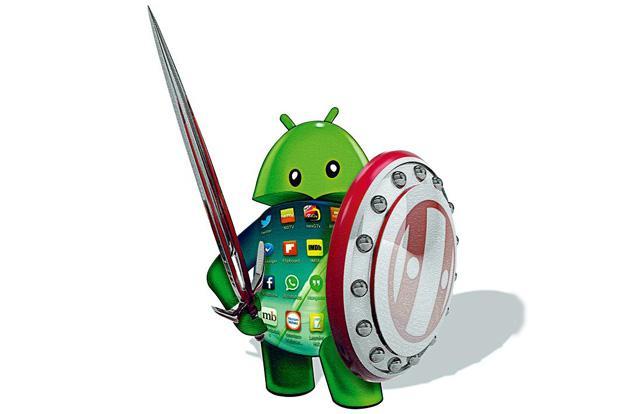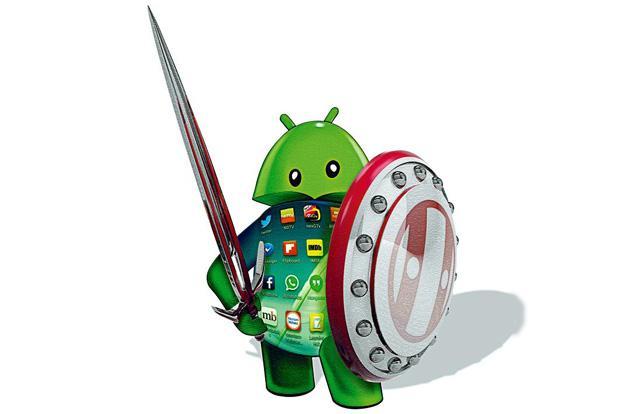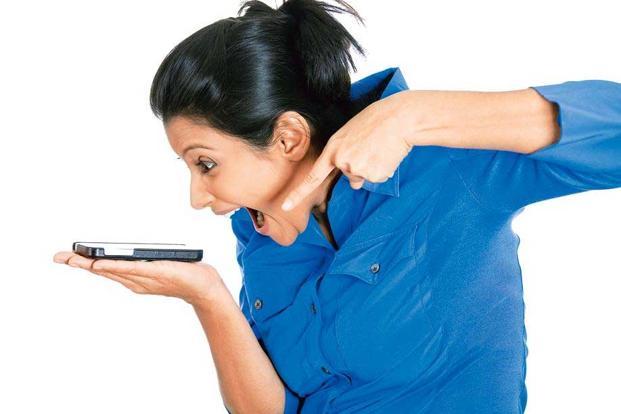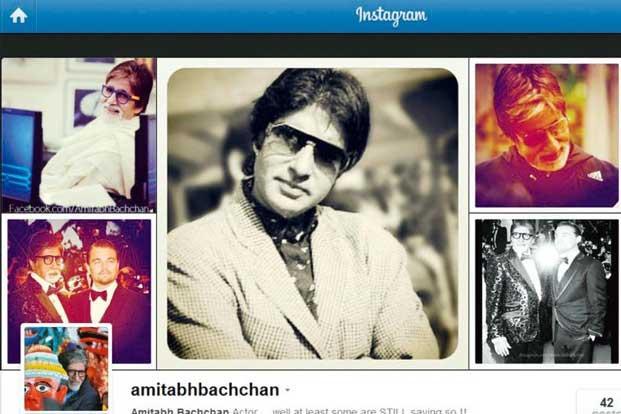There are two kinds of birdwatchers—those who feel birding is an outdoor activity that needs just a pair of basic binoculars, and others who believe technology can enhance the whole experience. Certainly, binoculars are essential for that rare spotting of the whimsical crimson-backed sunbird, a tiny bird found only in the forests of the Western Ghats.
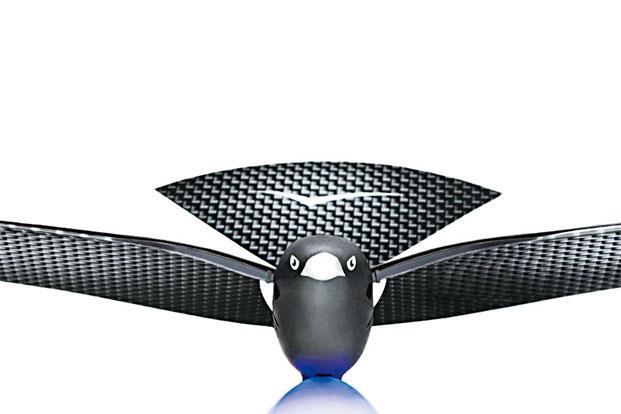
“A good pair of binoculars is essential for birding,” says Kanwar B. Singh, who leads the Delhi Bird Group and started Indian Birds, a group on Facebook that has more than 48,000 members. “I would recommend a top prism binocular which is lightweight, waterproof, offers 8×42 magnification. Personally, I have been eyeing a high-end Leica Ultravid binocular for a while now, and a spotting scope is always useful,” he says. Singh, who has been birding for more than 20 years, accepts that “good gadgets can aid and greatly enhance the overall experience”, but confesses that he remains an old-fashioned birder. For those who believe that technology is the way to enhance their birdwatching experience, here are some devices and apps to consider.
Opticron Photoadapter
This smart telescope, which has been created through 3D printing technology, can be attached to your smartphone, morphing it instantly into a zooming machine. All you have to do is attach your phone to the photoadapter, and you will be able to spot the distant beauties in an instant with its telescopic lens. It also helps you take close-up photographs and videos of the bird. Each adaptor is configured to a specific model of a phone for optimum performance. Right now, they’ve covered some of the iPhones and Samsung phones.
Opticronusa.com; starting from $65 (around Rs.3,900), shipping charges extra
Bionic Bird
The Bionic Bird, a drone bird, was unveiled at the Consumer Electronics Show in Las Vegas, US, earlier this month. It’s a little creature with an elastic foam body (just 9g), flexible wings and a built-in Bluetooth radio which can be controlled through an app on your smartphone (Flying App, free on iTunes). It connects with your smartwatch and apes the movement of your hand when you wear the watch. The Bionic Bird has a range of 100m. To charge the bird, you will have to connect it to an egg-shaped charger via magnets.
Bionicbird.com; available for pre-order at €99 (around Rs.7,000), shipping charges extra
Leica Ultravid Compact
With heavy binoculars, a DSLR and one or two backpacks, birding can sometimes become a burden. At a mere 4 inches in length, Leica’s Ultravid Compact binoculars can fit in your palm, are pocketable, and can be carried everywhere. They weigh just 255g. Rugged and waterproof, they can be used without any bother—and the experience is decent enough.
En.leica-camera.com; starting from Singapore dollars 1,200 (around Rs.55,000), shipping charges extra
Zeiss Victory SF 8×42
This pair of binoculars from Zeiss has been created especially for birdwatching. At 780g, it’s lightweight, ergonomic, and has a dynamic fast-focus feature, so you don’t lose your constantly moving bird to blurriness. There’s a seven-lens eyepiece for extremely sharp focus all the way to the edges. It promises clear viewing at dusk and has a 148m-wide viewing field. Zeiss.com; $2,888.88, shipping charges extra
Eye Loop magnetic eyeglass holder
Ever had issues figuring out where to put your sunglasses or eyeglasses as you peer into a pair of binoculars? This is for all those who have had to stumble and shuffle and miss the Oriental Magpie-Robin because they were busy trying to figure out which pocket to stuff their sunglasses or eyeglasses in.
For the complete article, head to Livemint.com



